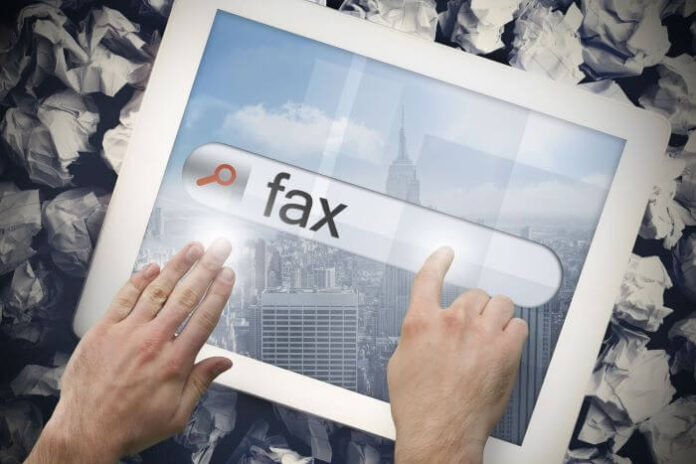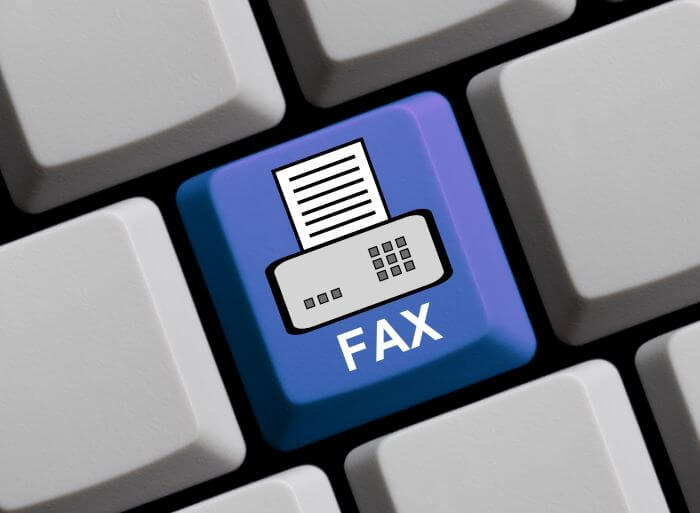Faxing has been an essential business communication tool for decades. However, digital communication methods like email and messaging apps have become increasingly popular. Despite this, many organizations still rely on faxing to transmit confidential information securely.
According to TechRadar, although many offices still have a separate fax machine, cloud-based alternatives are giving them a run for their money. With the rise of these online faxing services, concerns about the safety of faxing confidential business information online have also emerged.
Thus, keeping up with the latest technology and keeping confidential business information safe may require a few considerations. Below is more information on how to safely send an online fax. Also, there are some valuable tips for improving the process:
How Safe Is Online Faxing?
If you plan to send fax by email, it could pose a security risk just like any other digital communication method. The safety of the practice could depend on many factors, including security measures, the user’s procedures, and the sensitivity of the information.
Online faxing services typically use encryption protocols to protect data in transit. Moreover, encryption makes data unreadable to anyone who intercepts it during transmission. Reputable online faxing service providers also implement a variety of security measures, like the ones listed here:
- Firewalls
- Intrusion detection
- Security audits
So, in short, online faxing could be safe. It all depends on the user and the platform they choose to send their faxes.
Tips For Safe Online Faxing
When the correct protocols are in place, online faxing could be a secure way of relaying information. Without these protocols, the risk of the interception of sensitive information increases significantly.
Fortunately, adding more safety measures shouldn’t be too difficult to implement. Here are some of the most common protocols companies add to their online faxing regime:
- Choose a reputable faxing provider: Faxing services with experience in the market would more likely have robust security systems for their clients’ peace of mind.
- Set strong passwords: Longer passwords with multiple characters are more difficult to crack by cybercriminals, which means information remains secure. Furthermore, locking up any passwords that staff write down, not leaving their devices unattended, and logging out of the faxing system when they aren’t around could also keep passwords safe.
- Use multi-factor authentication: Along with a strong password, companies can implement a multi-step authentication to prevent access to the information. Instead of only using the password, additional factors like entering an identification number add extra security.
- Avoid sharing login details: One of the most common ways that sensitive information finds its way into the wrong hands is through sharing. Whether innocently helping a colleague or deliberately giving login information, it remains a risk for the business.
- Keep all software up to date: The latest updates to software could include improvements in security features. Older versions of software could become incompatible and thus cause the leakage of information.
- Install encryption software: Multiple encryption layers make it considerably difficult for anyone to read the information contained in a document. Even hackers may have a hard time extracting the details.
- Monitor faxing activities: Setting up access privileges may make it easy for companies to see who the last person was to handle the document.
- Double-check the receiver details: Before sending company documents via online fax, ensure that the correct receiver details appear in the provided fields. Accidents happen, but sensitive information could cause more extensive issues for the company.
- Add electronic signatures: A signature verifies the authenticity of a document. It could also confirm that the intended receiver got their information intact.
- Consider a virtual private network (VPN): These networks are secure and not susceptible to outside influences. Most companies can obtain a VPN for a nominal fee.
- Identify possible threats: Doing frequent audits on the safety of networks, servers, and the faxing platform could identify potential improvement areas. Once these areas are known, companies can work on their processes for keeping information secure. Also, they avoid being blindsided by a sudden threat.
- Train team members: Companies with firm policies and procedures are less likely to encounter security breaches regarding their faxes. Explaining them to staff and stating why they are necessary could help them buy into the concept.
Following these best practices increases the safety of sending any information electronically through fax. Businesses can thus truly move into the new era of digital communication and a paperless office.
Conclusion
Online faxing can be a safe and convenient way to transmit confidential business information, provided that users take the necessary security measures. Choosing a reputable online faxing service provider with many security features and ramping up the company’s policies and procedures could also contribute significantly.
By following the tips and best practices in this article, businesses can continue to leverage the benefits of online faxing without compromising the safety of their confidential information.








